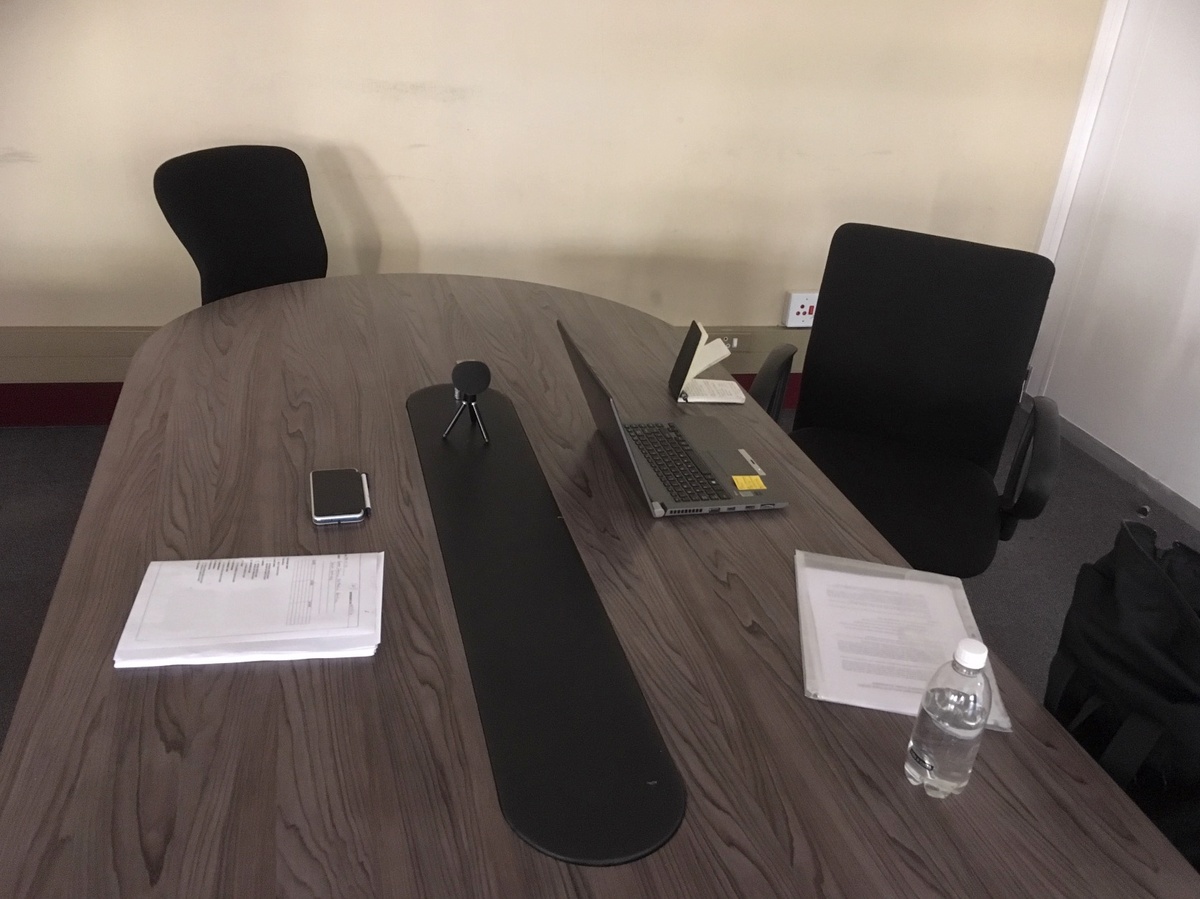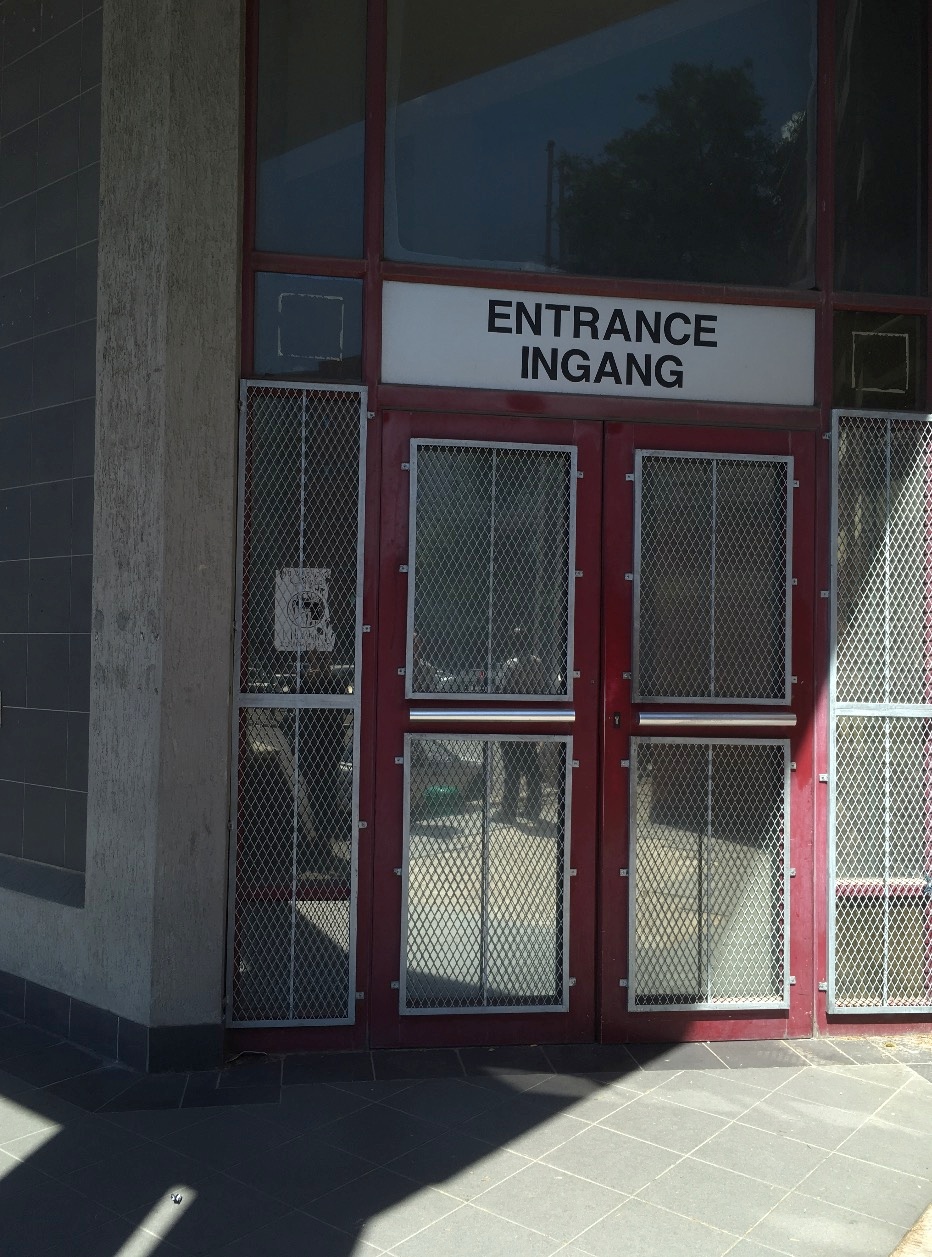Project text:
Kathryn Smith
Coordinator:
Josh Ginsburg
Where do you go when you disappear? I can’t remember where I first picked up this question (I am sure it is not my own), but it has clung to me for at least two decades now. It echoes that other question, ‘If you could have a superpower, what would it be?’ Invisibility, obviously. But this assumes that invisibility and disappearance confers an agency, a subjective power, to the holder of said power. In the current miasma of global politics, this is patently untrue. Not all bodies are created equal, and it is much easier for some to disappear – or become disappeared – than others.
Since initiating a deep dive into the world of forensic cultures in 2012, and working to establish my credentials as a scientific participant rather than an artistic observer, this question of disappearance has taken on a different valence. Disappeared and invisibilised bodies, the nameless dead, those who resist the biometric archives of fingerprints, dental charts and DNA sequences, are now both my professional care and my concern. I am in the business of (re)making faces, from post-mortem photographs and from skeletal remains. Recognition of these faces may begin the process of restoring not only legal identity but also some sense of personhood. This is both a practical hope and an intellectual claim.
The world of forensic art is a largely invisible one, dealing with sensitive material with legal consequences. Those of us who move within it are not at liberty to transmit details of our experiences outside of it, mostly with good reason. And depending on our role, which could be either within or adjacent to a law enforcement agency, our experience of the institutional cultures with which this work necessarily engages, may also be very uneven. I have come to realise, perhaps with the benefit of my simultaneously emic/etic perspective on it all, that this is to the detriment of the field, and the work we expect our images to do.
Trying to articulate what kind of ‘art’ forensic art is, and what is at stake, culturally and socially, in creating and circulating images of the dead, are the questions that animate my current PhD work, Laws of the Face. Forensic art has not been theorised in this way yet, to my knowledge. To answer them, I have been having conversations with over 50 practitioners and researchers involved with post-mortem and facial identification globally. In presenting my findings, I hope to shift the conversation around forensic art from the exhausted binary Art vs Science, Evidence vs Intelligence argument, towards a recognition of its intersectional, humanitarian affordances.
For a hot week in Cape Town in late 2018, my residency at A4 facilitated this work. The foundation’s physical location – within a city block from the Cape Town Central SAPS station and magistrate’s courts – was an ideal base from which to navigate locations that make up a forensic institutional psychogeography of the Western Cape (Salt River, Observatory, Plattekloof, Bellville, Tygerberg and beyond). It also provided neutral ground to conduct interviews with informants whose work environments preclude personal privacy and frank talk. Being within an art institution, but sequestered from the art world’s social distractions, was a critical necessity that enabled my moving between these worlds: the artist as vector. In many ways, my time at A4 affirmed the critical need for spaces that recognise and facilitate art’s methods towards non-‘art’ work, and the potential these methods have to shape and inform other knowledge systems, towards meaningful and reciprocal social benefit.




